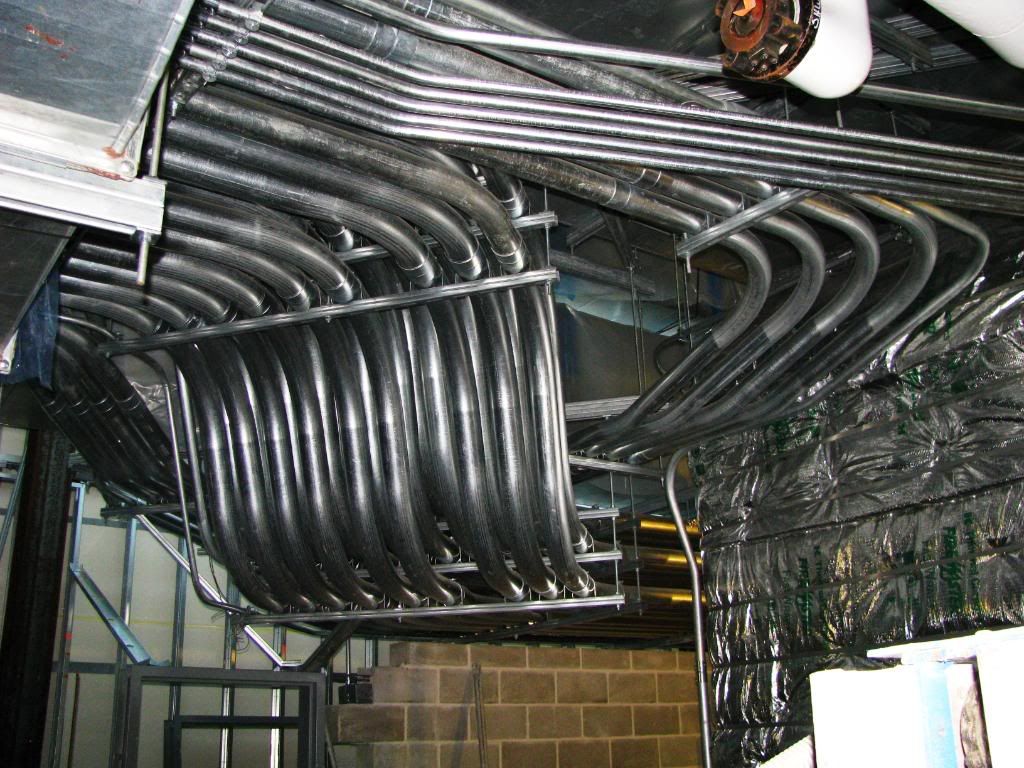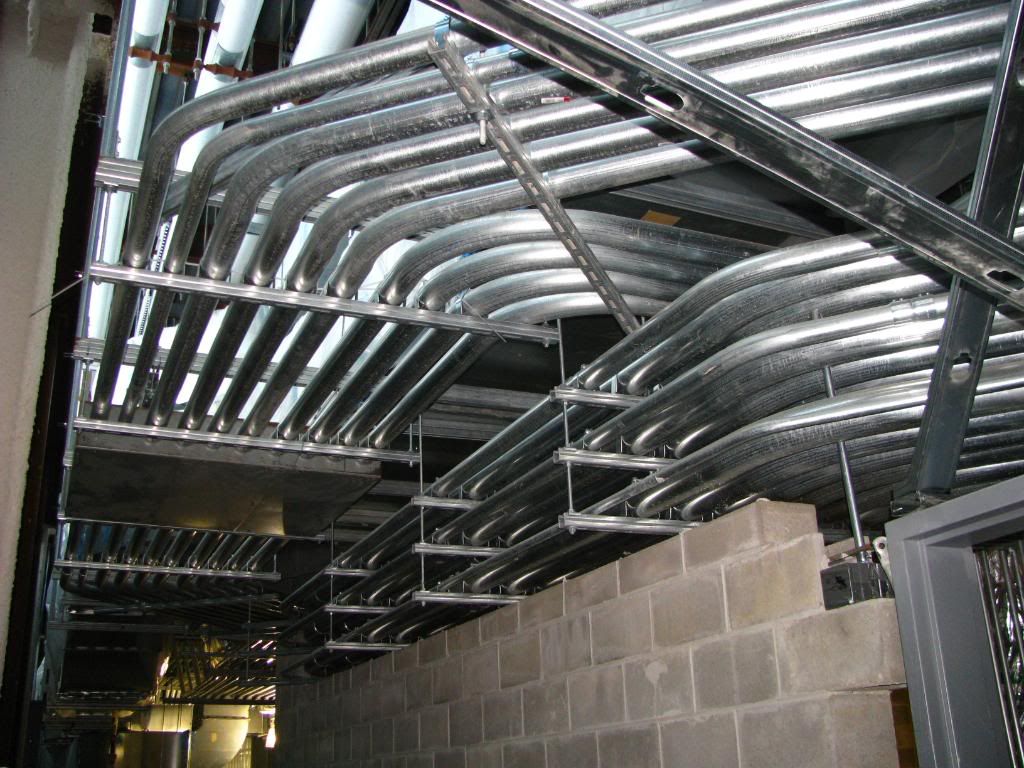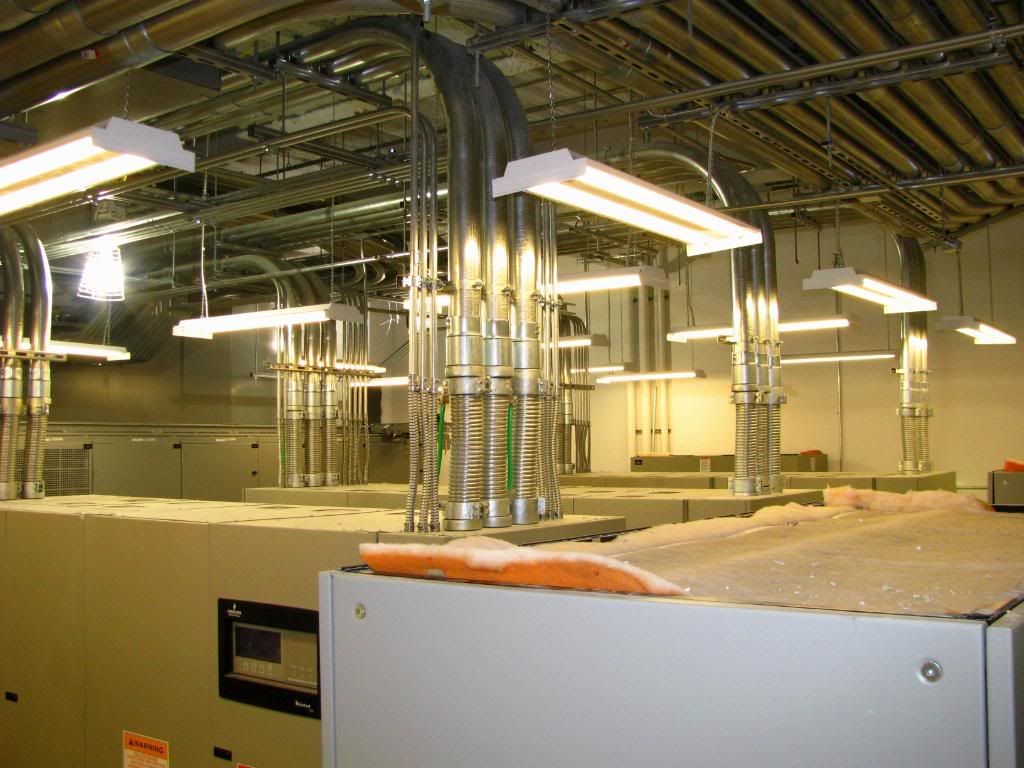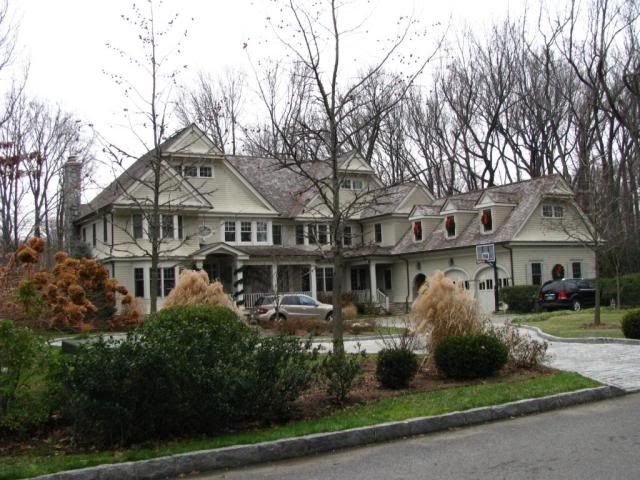Interesting that (no one says) its not against code or UL rating to supply one panel with two sources. I expected an immediate "no"!

I see no problem, provided that a single dissconect shuts of all power (or not exceeding 6 branch circuit breakers without a main)
After all the grid consists of a number of generators and no one worries about that!
Of grid homes may have several battery strings in paralel, and again that is permitted.
In practice I would, in most cases, advise against two generators feeding a single panel, but this is due to to various practical diffeculties, not because it is actually prohibited.
Aggreko and probably other hire firms, offer large generators suitable for paralel running, as posted above.
In such cases the paraleling is done at or close to the generating plant, and the panel does not "know" if it is connected to the grid or a generator bank.
There is after all not much difference between a number of diesel generators hired from Agreko, or a similar number permanently installed by a utilty in an isolated area such as an island.
As posted above, when useing multiple generators, the available fault current will increase and a check must be made that this is not in excess of the equipment rating.
In practice however most ultilitiy services have a higher fault current than most generators, even if several are used.
We are however drifting somwhat from the enquiry as to whether two generators each 120 volt could be used one to feed each side of a 120/240 panel.
The answer to that is yes it can be done, but only to feed 120 volt loads, not 240 volt loads, and care must be taken not to overload the neutral bus or wire.
In the case of useing multiple 120/240 volt generaters to feed one panel, the answer is yes it can be done, and is done but only with equipment designed for such use.
MOST small portable generaters are not designed for paralel running.






